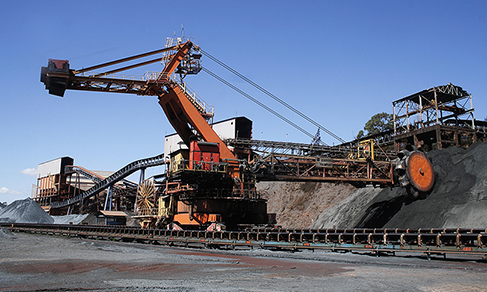Continuous PNAD
Trade leads unemployment increase in quarter ended April 2018
May 29, 2018 09h00 AM | Last Updated: June 05, 2018 10h59 AM
After some recovery in 2017, the unemployment rate increased once more in the quarter formed by February, March and April 2018, and reached 12.9%, according to the monthly Continuous National Household Sample Survey released today by the IBGE. The result is a consequence of the reduced positions in the Trade segment, which lost a total 439 thousand persons (-2.5%) from the employed population against the quarter ended January.
In the same comparison, the employed population faced a decrease by 969 thousand persons (-1.1%), the most significant increase among the persons employed with a formal contract, and the exit of 567 thousand workers (-1.7%) from that group. The negative scenario led to an increase of unemployment, which had been 12.2% between November and January to 12.9% in the quarter ended April.

“The unemployment rate recorded increase because there was increase of the unemployed population and no interruption in the decrease of the employed ones. A possible explanation is the losses in construction and trade, besides domestic services. Three groups recorded significant decrease. We lost almost one million employed persons in the quarter ended January”, highlighted the head of the IBGE1s Labor and Income Department, Cimar Azeredo. “Other groups also had a trend to decrease, for example, industry and agriculture”, he adds.
In comparison with the previous year, however, the labor market is still in a positive condition. The unemployment rate was below the 13.6% registered in the quarter ended April 2017.
“In general, the scenario is more favorable in the long-term, but complex in the short-term. We should consider that 2017 is a low basis for comparison. In the short-term, the situation is reversed and we see a precarious condition in the labor market, including the decrease in formal jobs", highlights Cimar.
“That recovery last year has been reversed in 2018. The improvement we reached has declined, even with an increase of the population out of the workforce in 2018”.




















